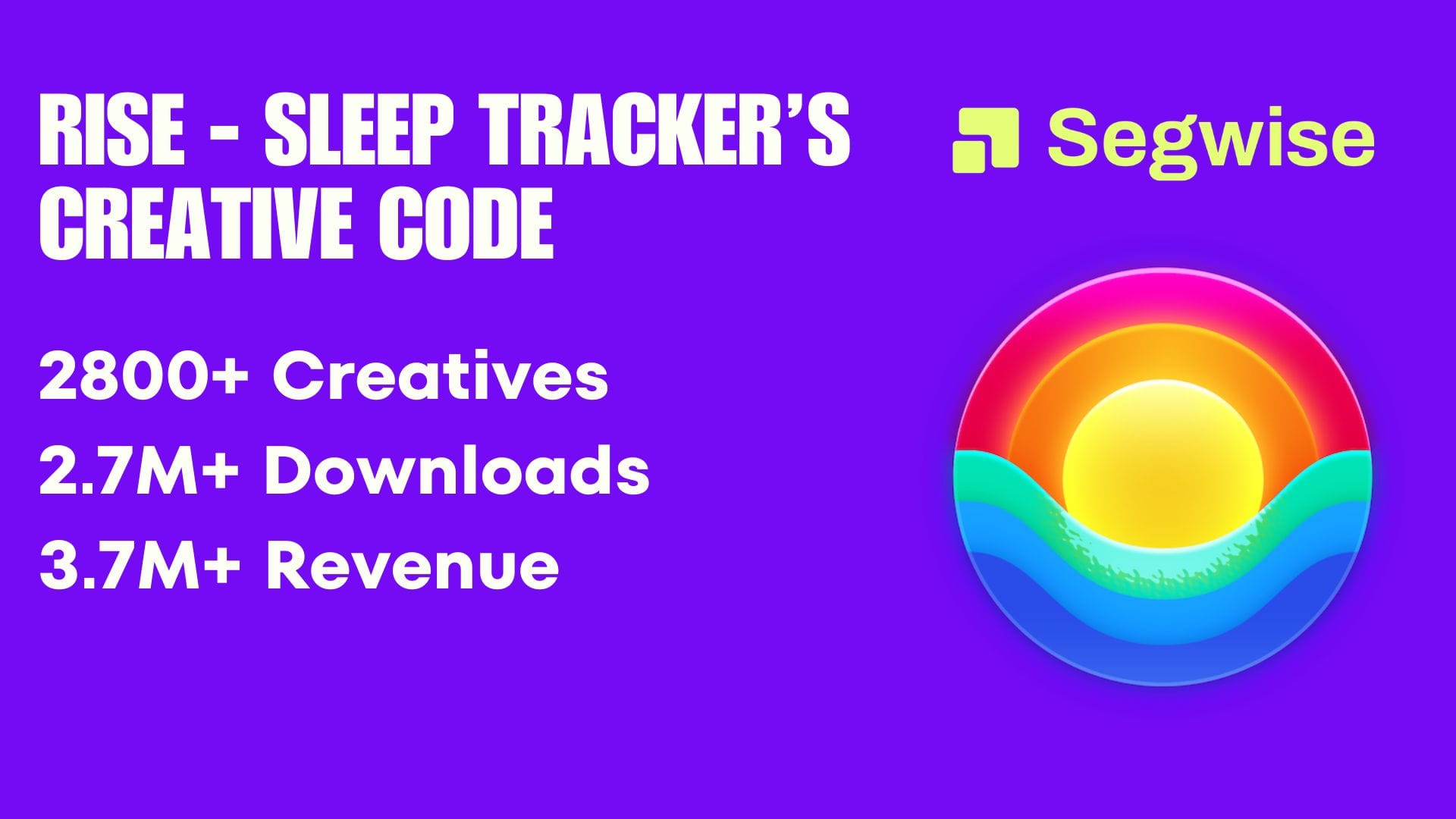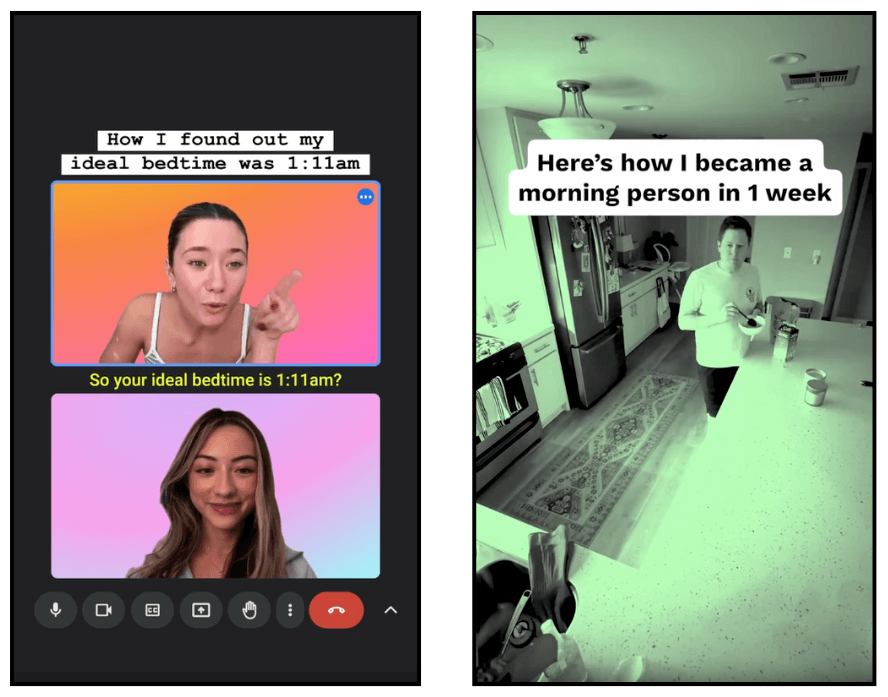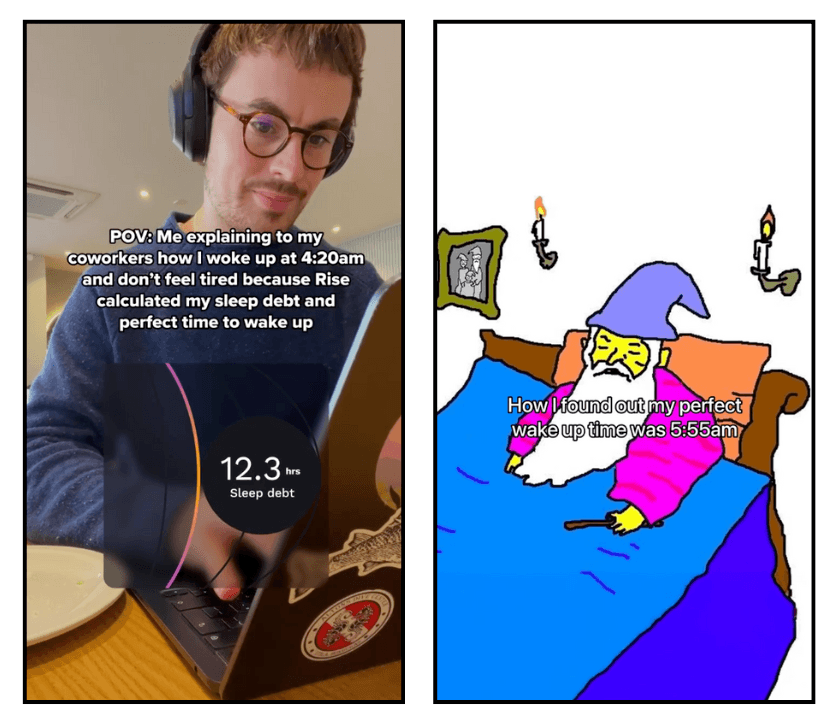How RISE’s Creative Strategy Drove 2.7M+ Installs and $3.7M Revenue
TL;DR for busy UA managers: RISE shipped 620 fresh ads in the last30 days, leaned on 85 % UGC, and turned a single metric - sleep-debt into $3.7 M in revenue since January. Below you’ll find the exact ratios, psychology, and step-by-step frameworks you can steal for your next campaign.

Why This Breakdown Matters
January to May 2025 looked like every growth marketer’s dream (or nightmare): CPMs trended up on Meta while attention spans kept shrinking. Yet RISE: Sleep Tracker amassed 2.7M installs and $3.7M+ in-app revenue in that same window.
RISE did it by out-iterating creative fatigue and weaponising one sticky KPI. If you manage UA for a mobile game or app, mastering their playbook lets you:
- Ship testing cycles twice as fast without ballooning production costs.
- Ride seasonal intent spikes (think “New Year, new grind”) instead of fighting CPM hikes.
- Translate a single in-product stat—DAU, DPS, win-rate—into thumb-stopping ads that convert.
Also check out How Dreamy Room Gained 19M+ Downloads with Winning Creatives
The Creative Code

Creative Tags | Winning Ratio | Why It Converts |
|---|---|---|
Ad Format | 85 % UGC selfie/POV, 15 % animation | UGC lowers Meta CPMs ~30 % and feels peer-to-peer. |
Duration Mix | 38 % ≤15 s hooks • 62 % 31-46 s mini-stories | Short vids spike click-through; longer cuts persuade & retarget. |
Hook Premise Bucket | 53.8 % “Become a morning person” 15.4 % timing hacks 30.8 % fear/social flex one-offs | A single aspirational outcome keeps the message clear while fringe hooks reset novelty. |
Visual Motif | 46.1 % day-in-life POV 30.8 % text-on-object UI 23.1 % odd props (slime, eggs) | Varied first frames fight Creative Limited Learning without changing the promise. |
Benefit Stack | 62 % energy/focus 54 % sleep-debt calculator call-out | One core benefit, one tangible proof-device (the meter). |
Data source: Segwise.ai Creative Agent tagging + AppMagic for ad creatives of Rise Science
Under the Hood: Why These Ratios Work
1. Transformation Storytelling
Every ad opens on tired / frustrated and closes on energised - a classic before-after arc consumers recognise in < 3 s.
2. Gamified Proof
The sleep-debt meter taps the same “XP bar” psychology that powers idle clickers and battle passes. Behavioural research shows progress indicators boost completion rates by up to 28%.
3. Seasonal Timing Hack
RISE pours spend into January (resolution season) and August (back-to-school reset). CPMs are higher then , but intent is through the roof—so CAC stays efficient.
4. UGC Trust Discount
Instagram’s own guidance highlights UGC clips as the cheapest entry to Reels inventory.

5. One Outcome, Infinite Hooks
RISE’s core promise (“wake up feeling amazing”) appears in > 60 % of ads. Creative fatigue is solved at the hook-scene level, not the value-prop level.
New-in-30-Days: Rapid Iteration Tactics
Lever | January Playbook | April/May Test | Why You Should Care |
|---|---|---|---|
Hook Premise | Personal testimonials | Vox-pop street Q&As, testosterone scares | Same outcome, fresh framing. |
Visual Motif | Phone UI & diary notes | AI-generated fried-egg, Minesweeper grid | Cheap novelty, meme potential. |
Character | Relatable adults + wizard cameo | Night-owl mascot + Ghibli-style loops | Adds brand memory without big spend. |
Setting | Kitchens, desks, POV mornings | Split-screen video calls, street interviews | Keeps context relevant post-pandemic. |
RISE dropped 620 new assets in one month, but each tweaks just one variable at a time. Steal that disciplined test design.
Untapped Angles Worth Testing
New Angle | Hypothesis | Quick-Win Execution |
|---|---|---|
Doctor reacts to my sleep-debt score | Authority bias + TikTok “stitch” culture | Split-screen: user shows meter, doc reacts. |
7-Day “Beat-Your-Debt” Challenge | Gamification → repeat views | Daily Reels, progress bar overlay (use in-app stat for your game). |
Couples sync their sleep | Doubles addressable market | Vlog of partners aligning bedtimes; show dual schedules. |
Athlete performance boost | Sports cred widens male demo | Locker-room UGC with stat overlay. |
Caffeine vs. Sleep-Debt face-off | Tangible villain clarifies benefit | Side-by-side time-lapse; energy meter decides winner. |
How to Use RISE’s Framework to Your App/Game UA
- Choose one metric (e.g., level-completion time, ROAS, DPS) to visualise in every creative.
- Build a 10-hook family around that metric:
- 5 UGC day-in-life POVs
- 2 note-on-screen explainers
- 2 odd-prop scroll stoppers
- 1 light-animation cameo
- 5 UGC day-in-life POVs
- Cut two durations for each hook: ≤ 15 s teaser + 35 s explainer.
- Ship in two-week sprints: 50 % spend on proven hooks, 50 % on fresh variants.
- Swap only one variable per new batch so learning is clean (RISE rule).
- Schedule media bursts around intent peaks: January resolutions, summer boredom, Black Friday hype.
(Suggested graphic: 6-step checklist infographic.)
Pitfalls to Dodge
- Burst fatigue: 600+ ads with no clear naming convention = analytics nightmare. Use Segwise's AI Creative Agent to tag all your creatives automatically and surface winners. Tag all elements like hooks, character, background settings, emotions etc.
- Metric overload: flashing threemetrics confuses users. RISE succeeds because it obsesses over one - sleep debt.
- Seasonal blind spots: CPMs increase in December, but RISE pauses because intent plummets for health apps. Map your own intent curve before turning spend off.
Key Takeaways
- UGC isn’t a trend - it’s an 85 % workhorse that scales authority and efficiency on Meta.
- Single-metric storytelling outperforms feature dumps. Make your progress bar the hero.
- Iterate, don’t reinvent: tweak hook scenes weekly; keep the promise stable until ROAS fades.
- Seasonality beats CPM chatter: spend when users care, not when ads are cheapest.
